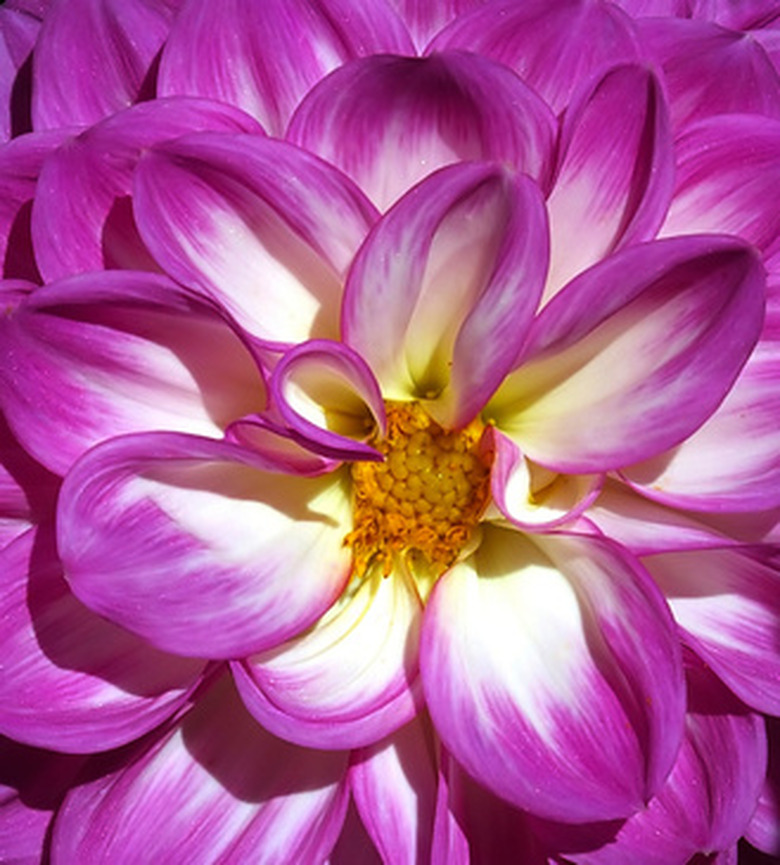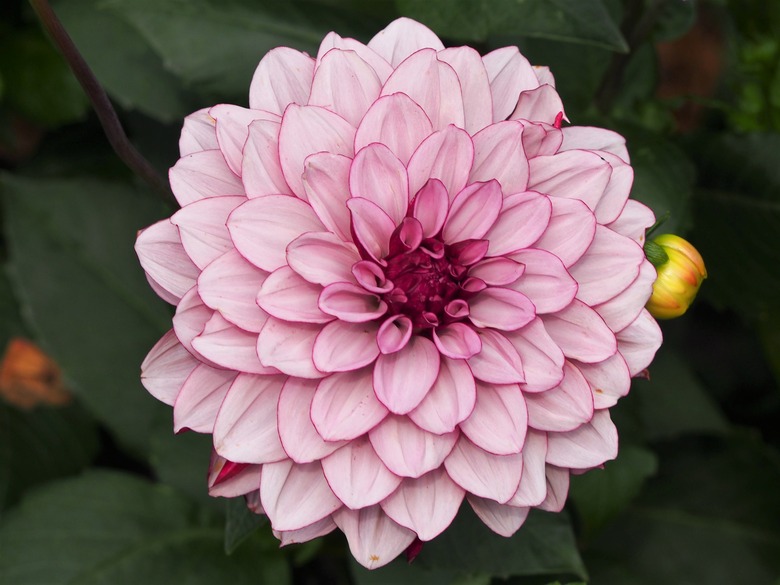How To Care For Annual Dahlias
Dahlias (Dahlia spp.) are a group of highly variable tuberous perennials in the family Asteraceae that are native to Mexico and Central America. They bloom from mid-summer into fall.
Dahlias are winter hardy in USDA hardiness zones 7 to 10. However, they are often grown as annuals that are dug up in the fall and overwintered indoors.
Types of Dahlia Plants
There are 45 species of dahlias and many cultivars. Dahlia flowers come in a wide array of colors except blue, as well as a wide range of flower forms. In fact, dahlias are placed into 1 of 10 categories depending on the features of the blooms.
Dahlias range in height from 1 to 5 feet. Dahlia cultivars with heights of more than 2 feet may need staking for support. Plant dahlias several feet apart to allow for good air circulation, which helps prevent common fungal leaf diseases like powdery mildew.
Most dahlias are hybrids. Propagating dahlias therefore involves planting and dividing the plants' tuberous roots.
How to Care for Dahlias
Wait until the danger of frost has passed in the spring to plant dahlia tubers, which are sensitive to temperatures below 25°F. Tall dahlia varieties should be planted at a depth of about 6 inches, though for smaller cultivars, a planting hole about 3 inches deep is best.
Dahlias grow best in well-draining soil rich in organic matter and full sun, though in warm climates they benefit from shade during the hottest part of the day. They should be watered regularly during the growing season to keep the soil moist at all at times; at no point should the soil dry out. These plants should also be fed once a month with a fertilizer low in nitrogen.
Tip
Water dahlias regularly to keep the soil consistently moist and feed the plants on a monthly bases with a fertilizer that contains low amounts of nitrogen compared to other nutrients.
Another important part of dahlia care is removing spent flowers from the plants, a process known as deadheading, in order to prolong the bloom time.
Tip
Deadheading can extend the bloom time of dahlias.
Pests of Dahlias
Several kinds of insect pests target dahlias, including aphids, which are soft-bodied insects that settle on the undersides of leaves and extract plant sap. Insecticidal soaps can be used to control these pests.
Dahlia Care in Winter
In climates where they are not winter hardy, dahlia tubers must be lifted from the ground in the fall for overwintering indoors until they are replanted again in the spring. Even where they are winter hardy and could be left in the ground, digging up dahlia tubers can improve the plants' performance over time.
Tip
Dahlias are often grown as annuals that are dug up and overwintered indoors, which is necessary in some climates and also enhances plant performance.
Wait until the first frost of the fall to remove the tubers from the ground. Allow the tubers for dry for a day and dust them with a fungicide before storing them in peat moss that is kept damp, but never wet, which can cause the dahlia tubers to rot.

